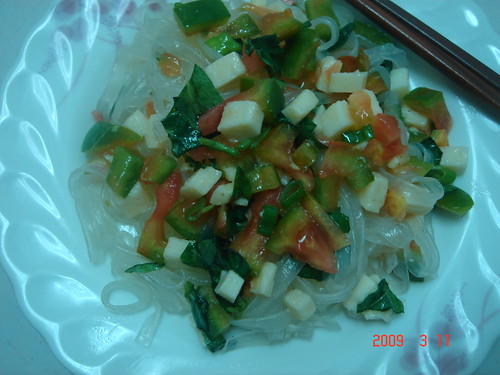Entry to
My Life is Change (Pagbabago)
Welcome to Taiwan! This was the welcome remarked that I received when I was hired as a teacher in an International School. I was so excited when out of more than five hundred applicants screened, passed, and interviewed. I grew up in a family with different culture. From there, I have to adjust different norms, culture and beliefs. Fortunately, teaching abroad and experience is a new chapter of my life was also a big transition because I knew I was facing myself to a potentially life altering range of challenges, all without the support system I have spent a lifetime developing.
As I arrived in Taipei, I was immediately thrust into a new culture and new roles. The first few weeks were very busy in school orientation/seminars and finding accommodations to my new environment. With the helped of the school administrators, I found myself living with other Filipino speaking teachers in a share house situation. I like my new school and felt comfortable in my new environment and was happy to be here. Most of all I was looking forward to meet my students.
The very first day of school, I encountered my most humiliating incident when I was introduced to one of my student parent. She was shocked to know why her daughter’s teacher was a Filipino, wherein their maid was also a Filipino! As I met all my thirteen students, only few can speak broken English, the rest speaks Mandarin and I cant understand at all. I asked for a speaking Chinese assistant, but it was rejected. The same thing with parents, only few could speak fluently. I felt stupid, when they talked in group in front of me.
The environment outside the campus became worst when people looked us either factory workers or housemaids. Here are some incidents: When a person knocked in our apartment and asked my friend if our masters were inside. One time in the elevator, a couple living in the 4th floor asked us if we could do part time (if we could clean their apartment during weekends). Some people asked us why we could have rest days during weekdays. A police asked my friend and me to show him our ARC (Alien Resident Certificate) when we were walking in the park. Saleslady ignored us and telling we might not afford what we want to buy. People talked to us in Chinese, and we cannot understand at all. All of these happened during my first semester of stay.
I taught of quitting by terminating my contract after first semester and just go back to my country. I started feeling very angry over minor conveniences and very much irritable. I stayed in my classroom and just kept on working even weekends. I ignored people that were different from me. I was sick several times for the reason that I don’t eat proper nutrition. I ate most of the time in an International Fast Food, since I don’t know how to order in local restaurants. I gained a lot of weight from overeating. There I realized how important my culture and I was crying most of the time which I don’t know why.
I went home for three weeks after first semester, planned not to come back. In a second thought, I just continued since I’m already here and hoping that the situation will improve soon. I don’t want to make a decision that I would regret in the future. I made sure to do something that would be able to live well in this environment with difference.
I was happy at first, then I found the difficulty of adjustment and challenges, and as a result I’m considering returning to the Philippines. As soon I experienced the different stages of culture shock (I’m not even aware) and found different ways to cope up. I learned and adapted some of the culture and happy to live in Taiwan.
Pederson (1995) has described culture shock as a five- stage process:
1. Honeymoon (2-8 weeks) – The first and second paragraph are very common to a person traveling for the very first time, the feeling of excitement. Some people might even miss it.
2. Disintegration (2-3 months) - The third paragraph of the case were the reason why a person moves to a new country, the real situation. This stage then begins the real culture shock.
3. Reintegration (3-6 months) – The last paragraph shows the determination to work things out and get things done soon, the positive attitude.
4. Adjustment (6- 8 months) - The gradual adjustment continues toward autonomy and seeing “good” and “bad” elements in both the home and new culture.
5. Interdependence (9 -12 months) - the person achieved biculturalism by becoming able to cope comfortably in both home and new cultures.
In dealing with new culture we can face it with either of two basic attitudes. First consists of understanding and acceptance. The second is rejection and culture shock. A lot of research provided different suggestions on how to treat culture shock. Adapting another culture and getting to know the people in a host country will depend on a person. The sooner of understanding, the sooner the culture shock will disappear. In my case, it took me six months before I do something to integrate to a new culture.
There are three possible solutions, the advantages and disadvantages after analyzing the case. First, “I could quit the job and just return home to my country and enjoy the support of the family and friends. I could eat the food that I used to eat, and then my energy will soon recover. But I will always know that I’m a quitter, and may regret this decision later in life”. Second, “I just continue what I am doing and hoping the situation will improve”. This attitude is already in the stage of adjustment, the last stage will occur soon. Doing nothing maybe good chance things will improve. Third, I could seek help regarding difficulties in adjusting. I didn’t bother to ask help in the beginning since I don’t know that emotional stress that I’m encountering was symptoms of culture shock. I always told myself, I have enough English to converse, but in reality I did not know the culture. Integration to a new culture is very difficult to achieve because my norms and values aren’t ready yet by that time. When we relate to another culture, we need to understand the people and their language. If language is the soul of every culture, so let it be. If we don’t have a command of the language, especially for adults, we’re just like children. We have to ask someone to show us what to do and do all the talking for us. Then we become frustrated.
In my experience, getting to know Taiwanese people helped me get over culture shock. Learning the language of the host country is vital. It was difficult, especially for the adult. This task alone is quiet enough to cause frustration and anxiety, no matter how good my teacher was. But once I started communicating with people around me specially buying things alone, I did not only gain confidence but also a feeling of pride, the meaning of culture shock was clearer to me. I began to find that not only what and how people do things but also what their interests are. In return, I share and teach Taiwanese people who are curious of my culture.
This experience change my life completely! I started travelling in some parts of the world, recently I just earned a masteral degree here in Taipei.
Reference:
Pederson, P. (1995). The Five Stages of Culture Shock: Critical Incidents Around the World. London: Greenwood Press

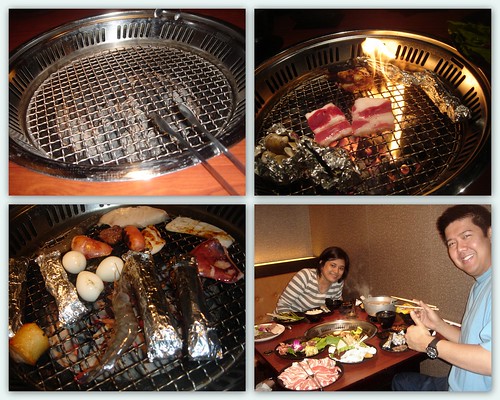



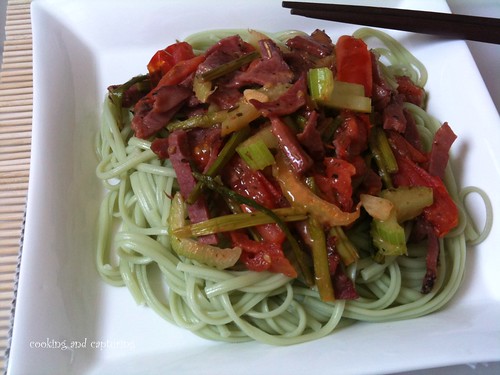

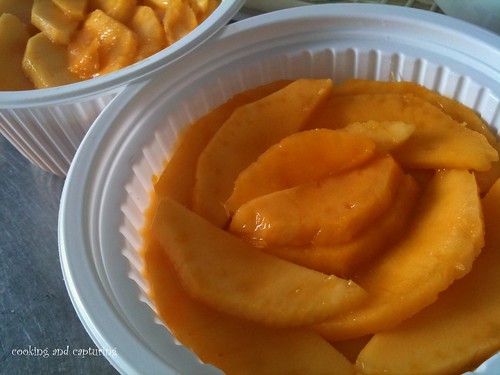
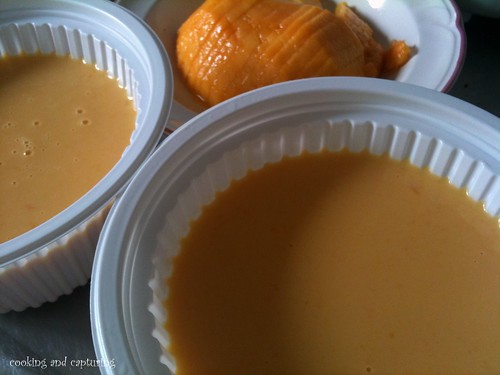

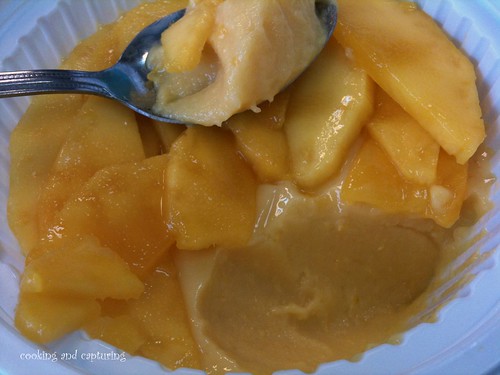



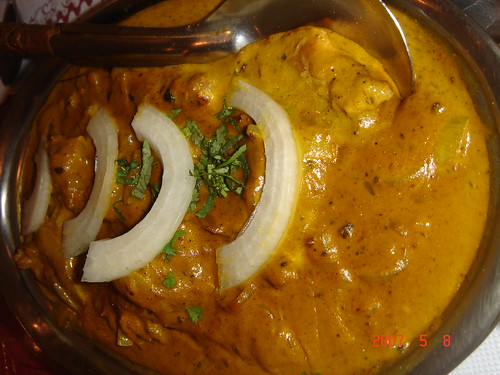
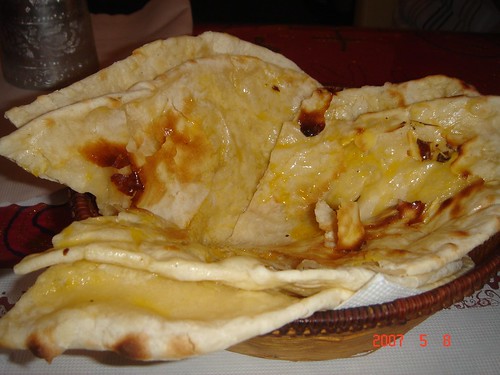
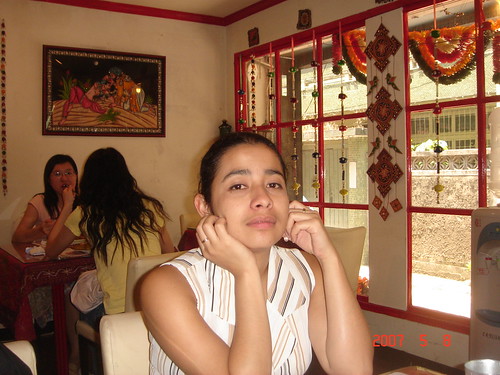



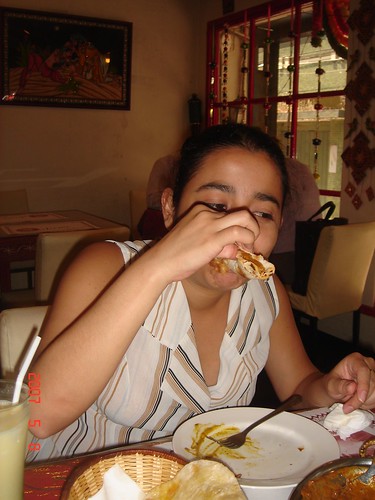

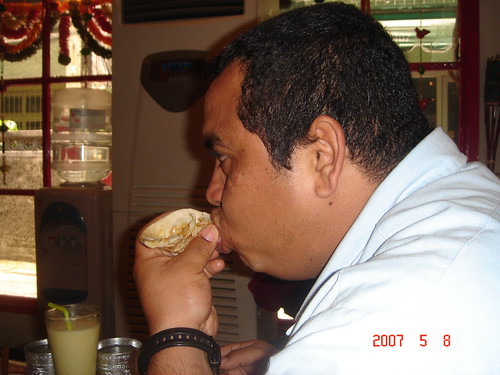

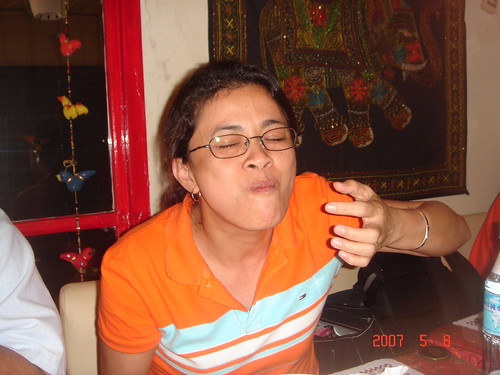
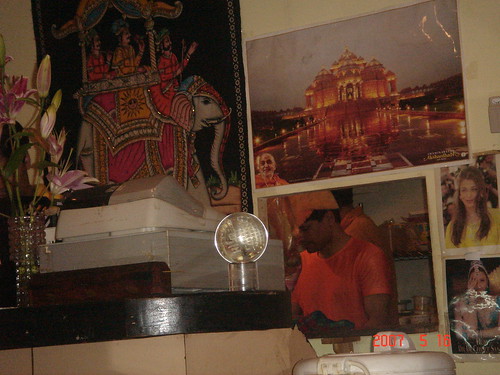
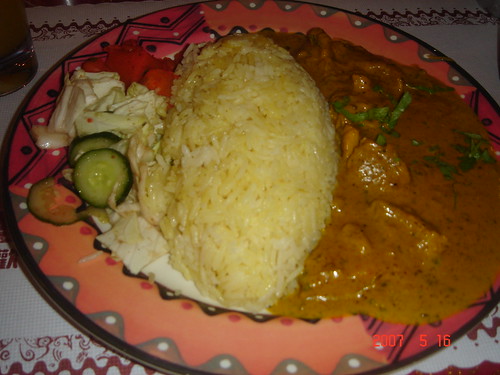

 1 fish fillet , cubed (about 100g) ; 1 cup frozen peas; 2 green onion leeks, sliced; 1 tablespoon extra-virgin olive oil; 2 tablespoon milk; salt and pepper to taste; fishsauce (optional) a little cornstarch; 1/2 cup water (or stock); 1/2 teaspoon sugar; 1 teaspoon curry powder; chili sauce (optional)
1 fish fillet , cubed (about 100g) ; 1 cup frozen peas; 2 green onion leeks, sliced; 1 tablespoon extra-virgin olive oil; 2 tablespoon milk; salt and pepper to taste; fishsauce (optional) a little cornstarch; 1/2 cup water (or stock); 1/2 teaspoon sugar; 1 teaspoon curry powder; chili sauce (optional)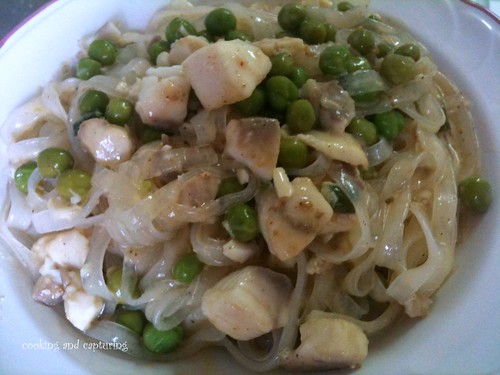
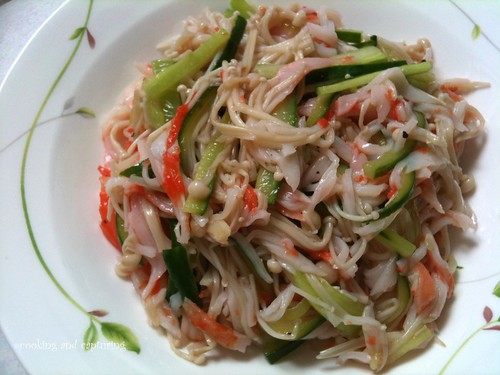
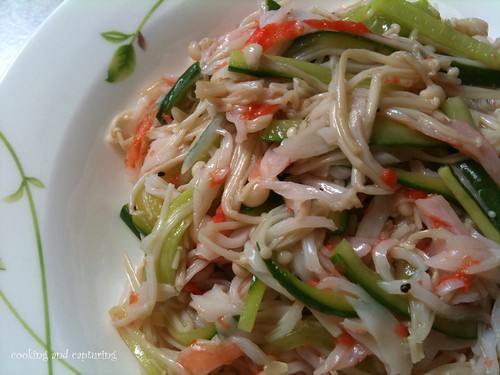
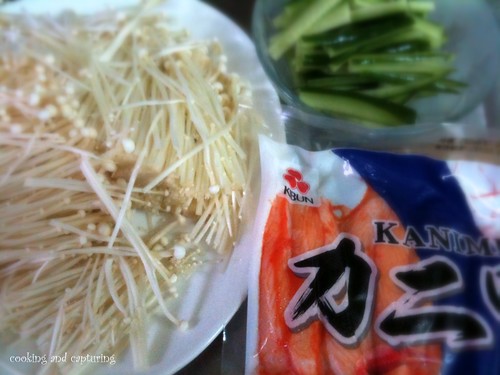


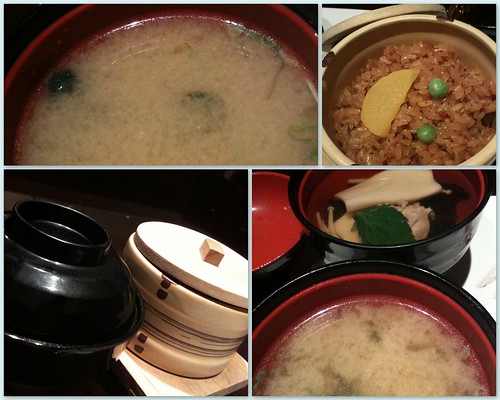
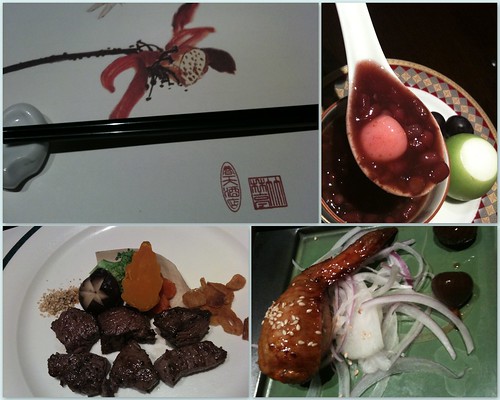
 1. Cold Noodles with Left-Over Beef. Almost the same as what I posted last time Cold Noodles with Beef, Vietnamese Style. This cold noodle is one of my favorite! I specially make this kind if I have left-over steak. All what I do is to slice the beef, boil noodles, chop some green onion and fresh tomato, mince garlic. Add salt and pepper + Italian seasoning. Add a drop of extra-virgin olive oil, mix and another meal is created!
1. Cold Noodles with Left-Over Beef. Almost the same as what I posted last time Cold Noodles with Beef, Vietnamese Style. This cold noodle is one of my favorite! I specially make this kind if I have left-over steak. All what I do is to slice the beef, boil noodles, chop some green onion and fresh tomato, mince garlic. Add salt and pepper + Italian seasoning. Add a drop of extra-virgin olive oil, mix and another meal is created!
 6. Cheese Tortellini with Broccoli. I'm in a supermarket the other day, when this pasta caught my eyes! I never tried cooking this before, so I bought cheese and spinach fillings. Mostly, I cooked pasta with tomato sauce or cream sauce. This time I made it differently, using only lime juice as the sauce. It turned out so good!
6. Cheese Tortellini with Broccoli. I'm in a supermarket the other day, when this pasta caught my eyes! I never tried cooking this before, so I bought cheese and spinach fillings. Mostly, I cooked pasta with tomato sauce or cream sauce. This time I made it differently, using only lime juice as the sauce. It turned out so good! 7. Penne with Crab Paste Flavor. Bring salted water to boil, add the penne and cook until al dente. In a pan, heat olive oil and saute garlic, onion, and tomatoes. Cook for 10 minutes. Add crab paste. Season with salt and pepper, stirring occasionally. Drain the penne and toss with the sauce. Ad the basil and saute for a minute. Serve on a dish, sprinkle over the Parmesan cheese and fresh ground pepper.
7. Penne with Crab Paste Flavor. Bring salted water to boil, add the penne and cook until al dente. In a pan, heat olive oil and saute garlic, onion, and tomatoes. Cook for 10 minutes. Add crab paste. Season with salt and pepper, stirring occasionally. Drain the penne and toss with the sauce. Ad the basil and saute for a minute. Serve on a dish, sprinkle over the Parmesan cheese and fresh ground pepper.  9. Vermicelli with Stewed Tomatoes
9. Vermicelli with Stewed Tomatoes